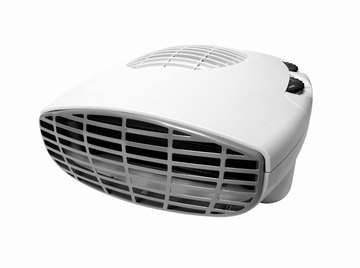
The law of conservation of energy is an important law of physics. Basically, it says that while energy can turn from one kind into another, the total amount of energy doesn't change. This law applies only to closed systems, meaning systems that can't exchange energy with their environment. The universe, for example, is a closed system, while a coffee cup slowly cooling on a countertop is not.
Systems
If a system can exchange energy with its surroundings, it's not a closed system and conservation of energy doesn't apply. Earth, for example, is not a closed system because it can both receive heat from the sun and radiate heat into space. Since it's an open system, its total energy can change. The universe as a whole is a closed system because as far as we know, it's not in contact with any other systems or universes. Consequently the total energy of the universe remains unchanged.
Forms of Energy
Energy can take many different forms. An object that's moving, for example, has kinetic energy or energy of motion. An object raised high above the ground has gravitational potential energy because gravity is pulling on the object and causing it to "want" to fall. Light from the sun is energy in the form of radiation. The molecules in your food have chemical potential energy that you can extract through digestion, and your body has energy in the most obvious form of all -- heat.
Energy Conversion
In the universe as a whole, energy is never destroyed -- it just changes forms. When a rock falls, for example, the gravitational potential it possessed by virtue of its height is turned into kinetic energy, and when it strikes the ground that kinetic energy turns into heat. Plants take radiation and convert the energy it contains into chemical potential energy that you in turn extract when you eat your food. A power plant takes chemical potential energy in coal and turns it into electrical energy. In all of these scenarios, energy is just changing forms.
First Law
The First Law of Thermodynamics is another way to state the law of conservation of energy. It says that for any system, the change in its total energy is equal to the amount of work it does minus the amount of energy transferred to it as heat. This is merely another way to explain the same idea, because the energy of the system remains constant unless it receives energy in the form of either work or heat.
References
- Physical Chemistry for the Life Sciences; Peter Atkins and Julio De Paula
- NASA: Conservation of Energy, Specific Form
About the Author
Based in San Diego, John Brennan has been writing about science and the environment since 2006. His articles have appeared in "Plenty," "San Diego Reader," "Santa Barbara Independent" and "East Bay Monthly." Brennan holds a Bachelor of Science in biology from the University of California, San Diego.
Photo Credits
George Doyle/Stockbyte/Getty Images
